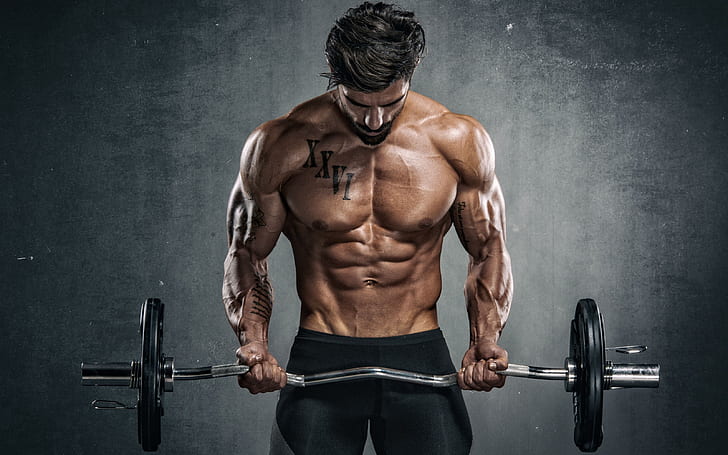Sculpting Strength: Unveiling the Art of Bodybuilding
Sculpting Strength: Unveiling the Art of Bodybuilding
Blog Article

Step into the ancient art of bodybuilding, where flesh and iron collide to sculpt raw potential into magnificent power. It is a realm where sweat and dedication are the chisels that carve out statues of strength and resilience. Each rep, each set, each drop of perspiration adds another layer to the masterpiece that is the human physique, a living testament to discipline and perseverance. Embracing the grind, bodybuilders forge not just muscles, but also mental fortitude, shaping themselves into embodiments of determination and focus.
The History of Bodybuilding
Bodybuilding, as an organized sport, can be traced back to the late 19th century. It gained popularity in Europe, particularly in countries like England and Germany, where individuals showcased their muscular physiques in contests. Over time, bodybuilding evolved into a competitive sport with structured competitions and judging criteria.
The modern era of bodybuilding is often attributed to iconic figures such as Eugen Sandow and Charles Atlas. Sandow, known as the "Father of Modern Bodybuilding," promoted physical fitness and strength through his performances and publications. He sparked a new interest in sculpting the body through exercise and diet, setting the foundation for the bodybuilding culture we see today.
In the 20th century, bodybuilding experienced significant growth and recognition worldwide. The establishment of prestigious competitions like Mr. Olympia elevated the sport's status and attracted top athletes from around the globe. This era saw the emergence of legendary bodybuilders like Arnold Schwarzenegger, who brought mainstream attention to the discipline and inspired countless individuals to pursue their own fitness goals.
Key Principles of Bodybuilding
Texas natural bodybuilding resources
Building a foundation of discipline is essential in bodybuilding. This involves adhering to a consistent training schedule, maintaining a balanced diet, and prioritizing adequate rest and recovery.
Progressive overload is a cornerstone principle in bodybuilding. By gradually increasing the intensity, volume, or resistance of your workouts, you challenge your muscles to grow stronger and larger over time.
Mind-muscle connection is a key aspect of effective bodybuilding. Focusing on the contraction and engagement of specific muscle groups during exercises maximizes their stimulation and contributes to greater muscle development.
Nutrition and Bodybuilding
Nutrition is a key component in the world of bodybuilding. Fueling the body with the right nutrients is essential for muscle growth and recovery. Protein, carbohydrates, and fats play crucial roles in supporting the demands that intense training places on the body.
Protein is often considered the building block of muscle tissue. Consuming an adequate amount of protein is vital for muscle repair and growth. Bodybuilders often rely on protein-rich foods such as chicken, eggs, and whey protein supplements to meet their protein requirements.
Carbohydrates are important for providing energy during workouts and replenishing glycogen stores. Complex carbohydrates like whole grains, fruits, and vegetables are preferred choices for bodybuilders as they offer sustained energy levels. Balancing carbohydrate intake with protein consumption is key to optimizing muscle growth and performance.
Report this page